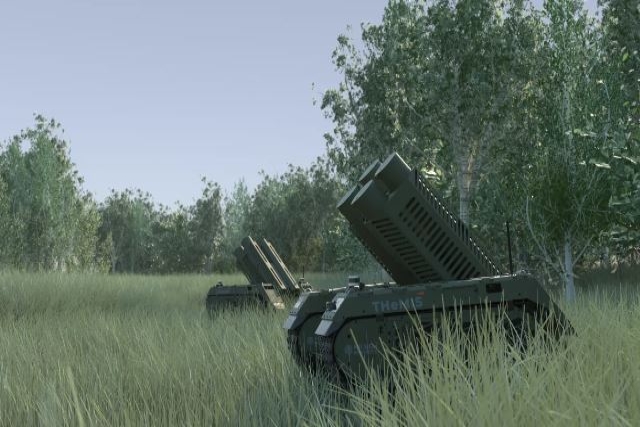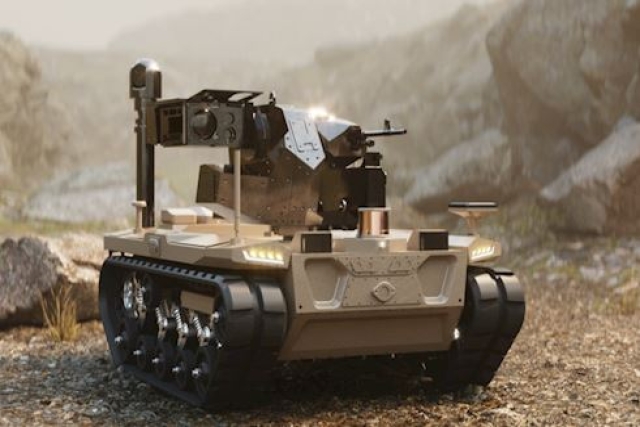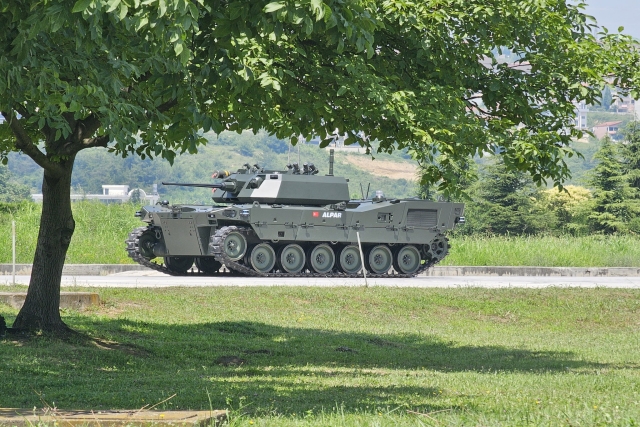Turkey's BARKAN Unmanned Ground Vehicle Fires Ammunition Using Hydrogen Propulsion System
BARKAN-1 recently fired Roketsan's METE Laser Guided Missile
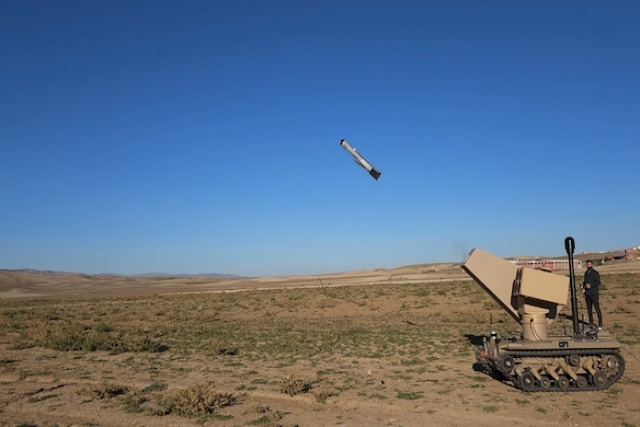
Turkey's Havelsan-developed BARKAN Unmanned Ground Vehicle (UGV) equipped with a Hydrogen Propulsion System achieved a global first by firing ammunition from a single tower.
This test comes on the heels of the recent successful launch of the ROKETSAN METE Laser Guided Missile from the HAVELSAN BARKAN-1 UGV.
What makes this recent test remarkable is the UGV's capability to launch various types of ammunition and multiple projectiles from a single tower using a UGV. The BARKAN-2, featuring the Hydrogen Propulsion System, known as Hydro-Launch and developed by Gürbağ Defence, stands out for its consecutive firing ability and versatile ammunition compatibility. Notably, this technology appears to outperform NATO's "hard-launch" and the eastern bloc's "cold-launch" methods, which carry inherent risks, including the potential for explosions due to pyrotechnic gases, ammunition flight engine failures, heat-related platform damage, and sensor disruptions during firing.
The Hydro-Launch system distinguishes itself as a safer alternative, as it relies on hydrogen alone for ammunition firing, eliminating the need for explosive materials during launch.
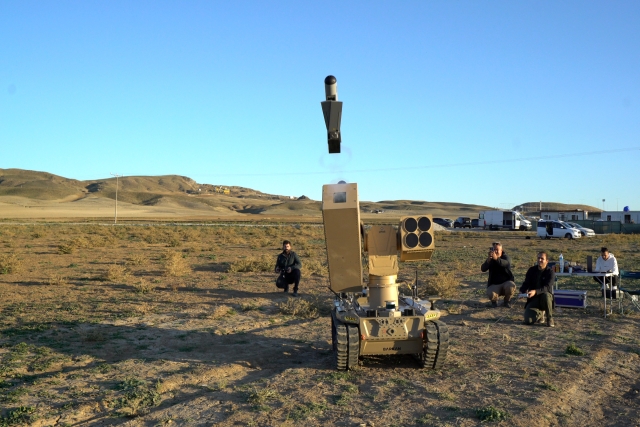
On October 12, HAVELSAN fired a kamikaze ammunition from BARKAN-2 for the first time. During a mission covering a 2 to 15-kilometer radius, BARKAN launched Gürbağ Defense's reconnaissance, surveillance, and kamikaze ammunition from a system equipped with two launchers connected to a single tower. One launcher is a laser-guided system, while the other deploys loitering ammunition. This capability, firing such ammunition and multiple projectiles from a single tower using a UGV, is considered a pioneering achievement on the international stage.
The fired kamikaze ammunition boasts a remarkable range of up to 15 kilometers, thanks to its electric propulsion system. It also achieves a flight altitude of 3,000 meters and offers an impressive airtime of 40 minutes.
